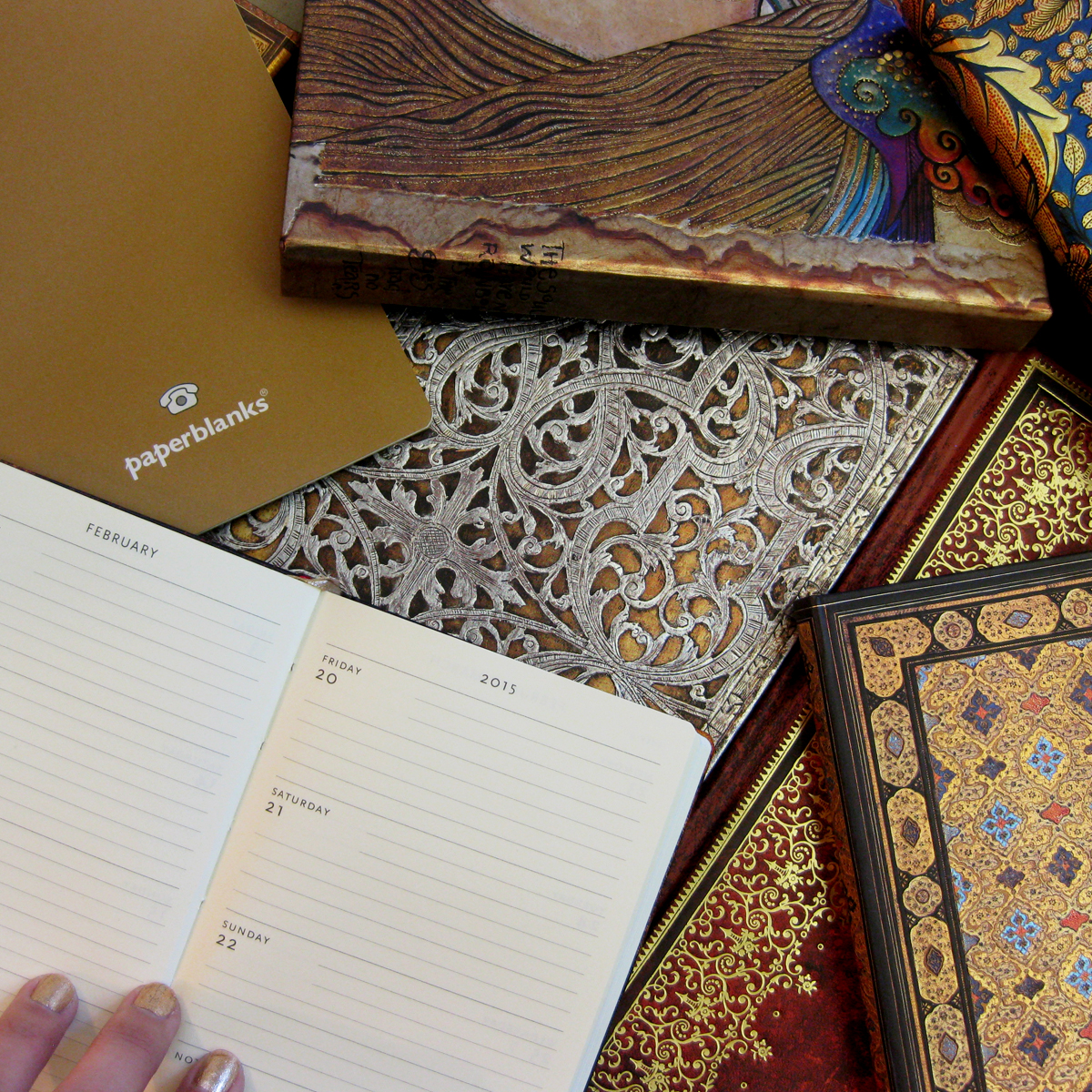In 2015, it has become commonly accepted as fact that technology makes our lives easier. From the fairly recent inventions that we take for granted (microwaves, home computers) to the brand-new gadgets we already can’t live without (smartphones, tablets) to the upcoming releases we just know will change our lives (self-parking cars), the more we can automate and digitise, the better. Right?
Well, as it turns out, that’s not necessarily so. If you have ever felt yourself overwhelmed by the endless possibilities of app downloads or struggling to update all your digital calendars, you are not alone. The psychological phenomenon of “decision fatigue” is nothing new, but it has been exponentially aggravated by the addition of these “time-saving” advances. In recent years, there have been a growing number of scientific studies focused on the drawbacks of technology and the benefits of going analogue. Of course, this doesn’t mean that we need to go back to oil lamps and abaci, but there are some interesting takeaways from the research results.
The degree to which you incorporate both digital and analogue into your writing process and everyday life is, of course, up to you. But these five takeaways from recent studies may make you think twice before completely giving in to our “modern age.”
Using Paper Can…
Reduce Decision Fatigue
Decision fatigue refers to the deteriorating quality of decisions made by an individual when a great deal of time and brainpower is put into the choosing process. For instance, judges show fewer favourable decisions in court cases that are tried later in the day. In consumers, having an overwhelming amount of options can also lead to selecting for the less beneficial choice. It is, quite simply, easier to weigh two choices than seven. Likewise, when you grab a blank sheet of paper and write out a story you can concentrate on getting down to what really matters, rather than wasting time and energy deciding on laptop versus tablet versus desktop, Word versus Notepad versus Google Docs, Cambria versus Times New Roman versus Arial. The list goes on…
Increase Productivity and Reduce Stress
The upside of reducing decision fatigue is increased productivity. Streamlining your process past the decision-making and into the action means you can get down to creating, editing and publishing sooner. And so, reduced stress levels will follow: When you feel accomplished you will feel less anxious about what is left to decide and complete.
Improve Memory and Knowledge Retention
Erik Wästlund of Karlstad University in Sweden has conducted numerous studies regarding the effects of video display terminals (VDT) on a person’s cognitive and psychological experiences. In one study, he and his team found that people who took a reading-comprehension exam on a computer reported higher levels of stress and exhaustion than people who completed it on paper. There are a few theories as to why this may be. One was further developed by Wästlund in a later study which had all volunteers conduct the test on the computer, but either as a paginated document or as one scrolling page. Those who had to scroll through the text performed more poorly than those who clicked through the pages, and he theorised that this was because scrolling drains more mental resources than clicking and refreshing which, essentially, gives the brain and memory time to refresh as well.
Help Your Eyesight
Another theory as to why analogue tests yield better results than digital is the relative lack of eye strain. While e-readers, like Kindles, have taken a cue from actual books and developed what’s called “e-ink,” a type of onscreen print that reflects ambient light, computer screens, smartphones and tablets shine their own light directly into a user’s face. The glare, pixelation and slight flickering of these bright lights can tire the eyes, causing headaches and blurred vision and making these screens far more mentally taxing than the paper alternative. This has become such a problem, in fact, that some organisations (such as the American Optometric Association) have officially recognised “computer vision syndrome” as a medical condition.
UPDATE: It’s come to our attention that the website we linked to for information on “computer vision syndrome” is not actually accessible for people with low vision. Please check out this post from “Seeing & Believing” for an accessible article on the subject.
Create a Mental Map
Especially helpful for writers is the ability to visualise a full story arc. When using a computer to read or write, the lines of text can seem infinite and one cannot develop an actual physical sense of the length or shape of the document being created. Using actual paper creates a tangible sense of the story, a mental map, allowing for a clearer plot to take shape. In much the same way that using physical paper can reduce decision fatigue, moving from an endless, scrolling text to one with a clear beginning and end can make it far easier to know when to move on from a certain subject or plot point.
Of course this is a blog article, which by its very nature is screen-based. But my desk is still covered in notepaper, journals and agendas which all have allowed me to map out my schedule and ideas for writing in one coherent, easy-to-view location. Sometimes, the best option isn’t to pick one extreme or the other, but to find the best combination of the two that works for you.









Although this was an interesting read it was supposed to be a story about a lady’s weight loss. I’m confused as to why this happened.
Hi Lils47,
Glad you found us, even if it was by mistake! How strange that someone had this link posted for a weight loss article…
Best,
The Paperblanks® Team